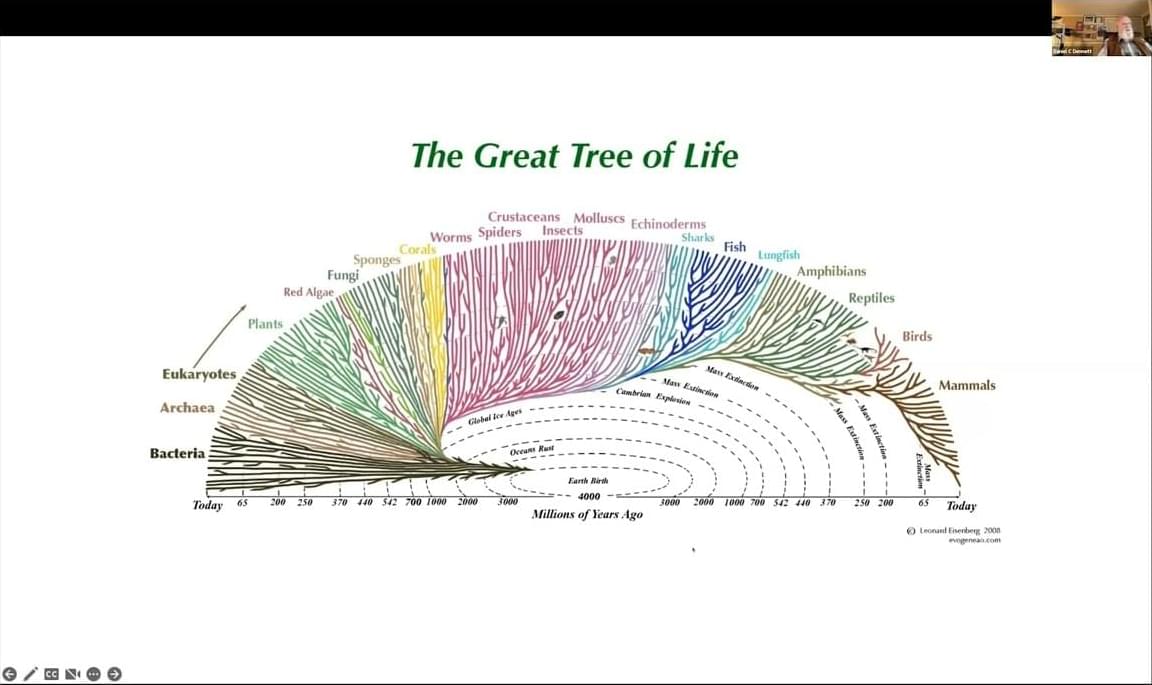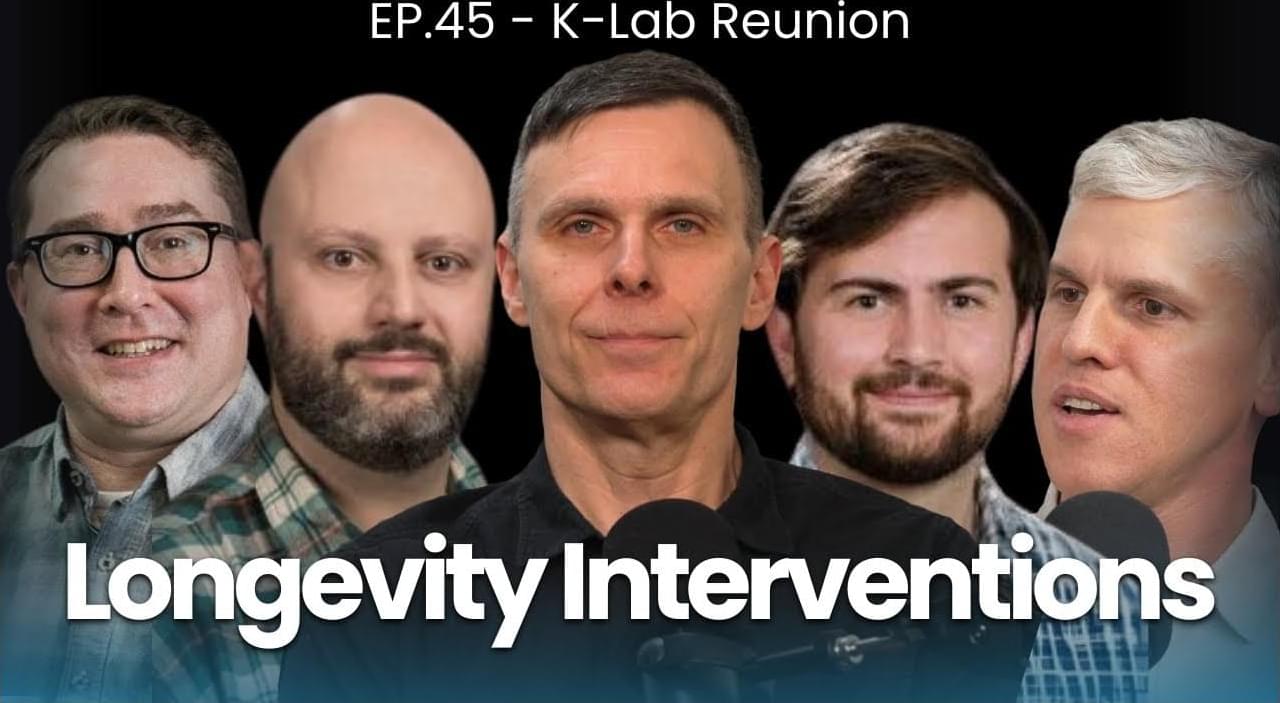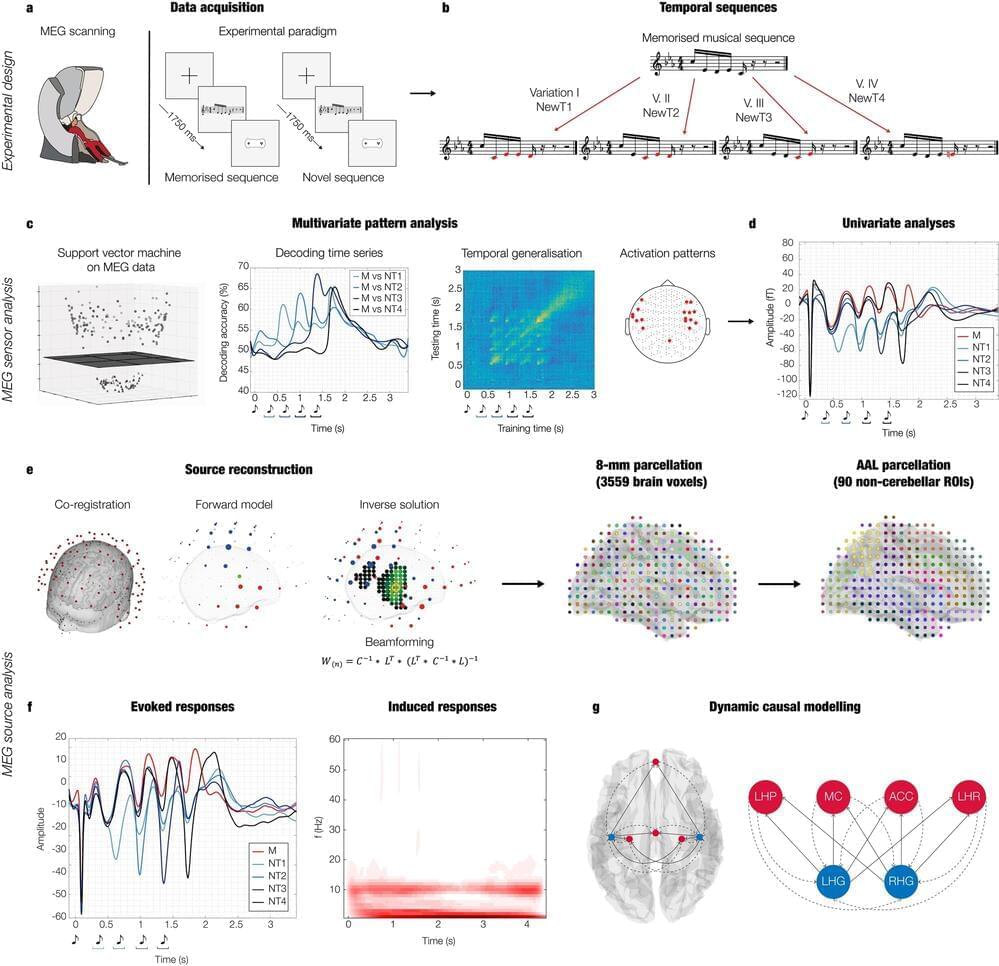Jul 7, 2024
Systemic Therapy Approaches for Advanced Prostate Cancer
Posted by Shubham Ghosh Roy in categories: augmented reality, biotech/medical, business, education, food, health, media & arts
As part of the 2024 Prostate Cancer Patient Conference, Dr. Eric Small discusses systemic therapy treatment in advanced prostate cancer, including AR-targeted therapy. The presentation includes definitions of disease states, categories of treatment types, and standards in treatment selection.
Recorded on 03/09/2024. [Show ID: 39768]
Donate to UCTV to support informative \& inspiring programming:
https://www.uctv.tv/donate.
Continue reading “Systemic Therapy Approaches for Advanced Prostate Cancer” »

















